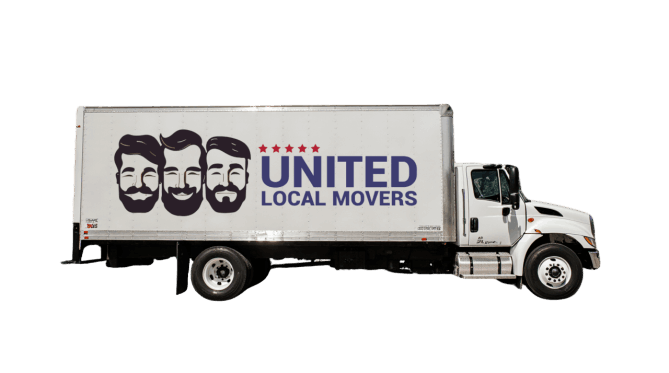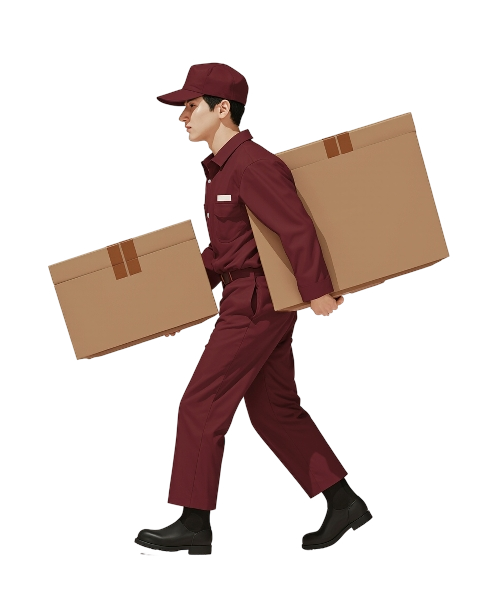One of the most common questions people ask before a move is: “How many boxes do I actually need?” Running out of supplies causes delays and stress, while overbuying adds unnecessary costs. Estimating the right number of boxes based on your home size, lifestyle, and packing style helps streamline your move, keeps your items protected, and saves money.
Why Accurate Box Estimates Matter More Than You Think
Most people underestimate how many belongings they have until they begin packing. A good estimation prevents last-minute store runs, avoids damaged items from overstuffing boxes, and ensures the moving crew can work efficiently. Whether you live in a studio or a 4-bedroom home, calculating box needs early keeps the entire moving process smoother and more organized.
Standard Box Types You’ll Use in Every Move
Before calculating quantities, it’s important to understand the different box types. Each one serves a specific purpose, and using the wrong kind can lead to damage. Here are the essentials:
- Small boxes (1.5 cu ft): Books, canned goods, tools, heavy items.
- Medium boxes (3 cu ft): Kitchenware, decor, small electronics.
- Large boxes (4.5–5 cu ft): Linens, pillows, lightweight items.
- Wardrobe boxes: Hanging clothes, coats, formal wear.
- Dish barrel boxes: Fragile glassware and plates.
- TV / specialty boxes: Screens, paintings, lamps.
General Box Count Guidelines by Home Size
Here is the industry-standard starting point based on thousands of moves. Actual counts will vary depending on decluttering, lifestyle, and how minimalistic or “collecting” your home is.
| Home Size | Estimated Box Count |
|---|---|
| Studio | 15–25 boxes |
| 1 Bedroom | 25–40 boxes |
| 2 Bedroom | 40–65 boxes |
| 3 Bedroom | 65–90 boxes |
| 4 Bedroom | 90–120+ boxes |
Room-by-Room Box Estimation for Greater Accuracy
Using home size alone gives a general estimate, but breaking it down room by room delivers much more accuracy. This approach helps avoid overbuying and ensures each area gets the correct supplies.
| Room | Typical Box Count |
|---|---|
| Kitchen | 10–20 boxes |
| Living Room | 5–15 boxes |
| Primary Bedroom | 10–20 boxes |
| Kids’ Bedrooms | 5–15 each |
| Bathroom | 2–5 boxes |
| Closets & storage | 5–10 boxes |
| Garage / tools | 5–15 boxes |
How Lifestyle Affects Your Box Quantities
The biggest variable in determining box needs is your lifestyle. Two homes with the same square footage can require dramatically different supplies. Consider the following:
- Minimalists: Usually need 20–30% fewer boxes.
- Collectors / hobbyists: Expect 30–50% more boxes.
- Families with kids: Toys and clothing increase quantities.
- Professionals working from home: More electronics and documents.
- People with large wardrobes: More wardrobe boxes and mediums.
Why the Kitchen Always Requires the Most Boxes
The kitchen is the most packing-heavy room because of fragile items, small accessories, and bulky cookware. Even a small kitchen can require 10–20 boxes, especially if you have specialty appliances or a lot of dishware. Dish barrels and small boxes are essential to prevent breakage.
Choosing the Right Mix of Box Types
A common mistake is buying too many large boxes. They’re tempting because they hold more, but they become too heavy and can crush fragile items. A healthy mix usually looks like this:
- 40% small boxes
- 35% medium boxes
- 20% large boxes
- 5% specialty boxes
This ratio ensures safe packing and easier lifting for both you and the movers.
How to Avoid Running Out of Boxes Mid-Packing
Always buy a bit more than you think you need. Most families run out of medium boxes first, then small boxes. It’s better to return a few leftovers than scramble for supplies the night before your move.
Most moving companies recommend adding a 10–15% buffer to your total box estimate to account for last-minute items or items you forgot were in storage.
Extra Costs to Include When Planning Your Box Budget
Beyond boxes, your packing supplies budget should include:
- Packing tape (4–8 rolls)
- Bubble wrap or foam
- Paper padding
- Stretch wrap for furniture
- Mattress covers
- Permanent markers / color labels
Some items — like dish packs or wardrobe boxes — are more expensive, so plan accordingly.
Should You Buy Boxes or Get Them from Movers?
Buying from a mover is usually more expensive per box, but the quality is significantly better. Cheap boxes from big-box stores often collapse or tear under weight. Professional-grade boxes are stronger, more durable, and protect your belongings better — especially for long-distance moves.
Letting Professionals Handle Your Packing Can Save Time
If your timeline is tight or you want full protection, hiring movers to pack your home is a good option. United Local Movers provides full packing services, specialty packing for fragile items, and premium materials that keep your belongings safe from start to finish.
To get a precise packing plan — including a box estimate — request a free quote at United Local Movers.





